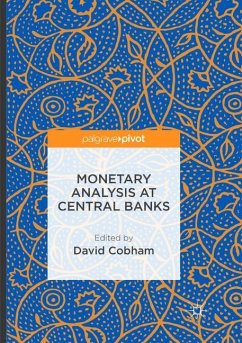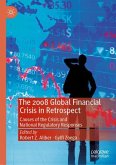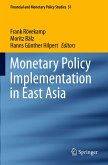Whatever happened to the money supply? This book explains how the analysis of monetary and credit aggregates is undertaken at the Bank of England, the European Central Bank and (as an example of a developing country) the Bank of Tanzania. The book also explores how this analysis relates to these central banks' monetary policy strategies and how it feeds into policymaking. An editorial introduction provides the intellectual and historical background - from the contributions of key economists such as Milton Friedman and Jacques Polak, to monetary targeting and inflation targeting - and argues that central banks and policy analysts would be foolish to neglect the insights monetary analysis can offer. The papers compiled in Monetary Analysis at Central Banks demonstrate just how useful and varied those insights are.
"By covering the monetary-policy frameworks and implications in three countries, partly with a comparative perspective, this book contributes to the understanding of the changes in monetary policy analysis in the post-GR period. As such, it is of considerable interest to those in the central-banking practice, as well monetary theorists around the world." (Bilin Neyapti, Journal of Economic Literature, Vol. 55 (1), March, 2017)








